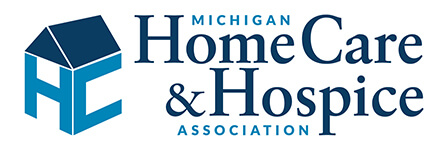Membership Benefits
Join Michigan HomeCare & Hospice Association (MHHA) Today And Benefit From Many Services Including:
- Top-notch educational programming including Workshops, Conferences and webinars.
- MHHA represents home care industry legislatively both here in Michigan and in Washington, D.C. MHHA acts as a liaison between the home care industry and many state and federal agencies: MILARA, Medical Services Administration, NGS, BCBS, CGS Region B DMERC.
- MHHA offers many networking opportunities with colleagues.
- MHHA offers participation in many forums and Committees.
- Monthly Committee Bulletin Board Publication.
- Yearly Membership Directory and Resource Guide.
- Opportunity to participate and support the Political Action Committee.
MHHA holds membership in:
- The National Alliance for Care at Home (formerly NAHC and NHPCO)
- American Association for Home Care
Member Discounts:
- All MHHA sponsored educational training
- MHHA Annual Conference registration and Exhibitor Booths
- Community Health Accreditation Program (CHAP) – Call for code
- Accreditation Commission for Health Care (ACHC)
